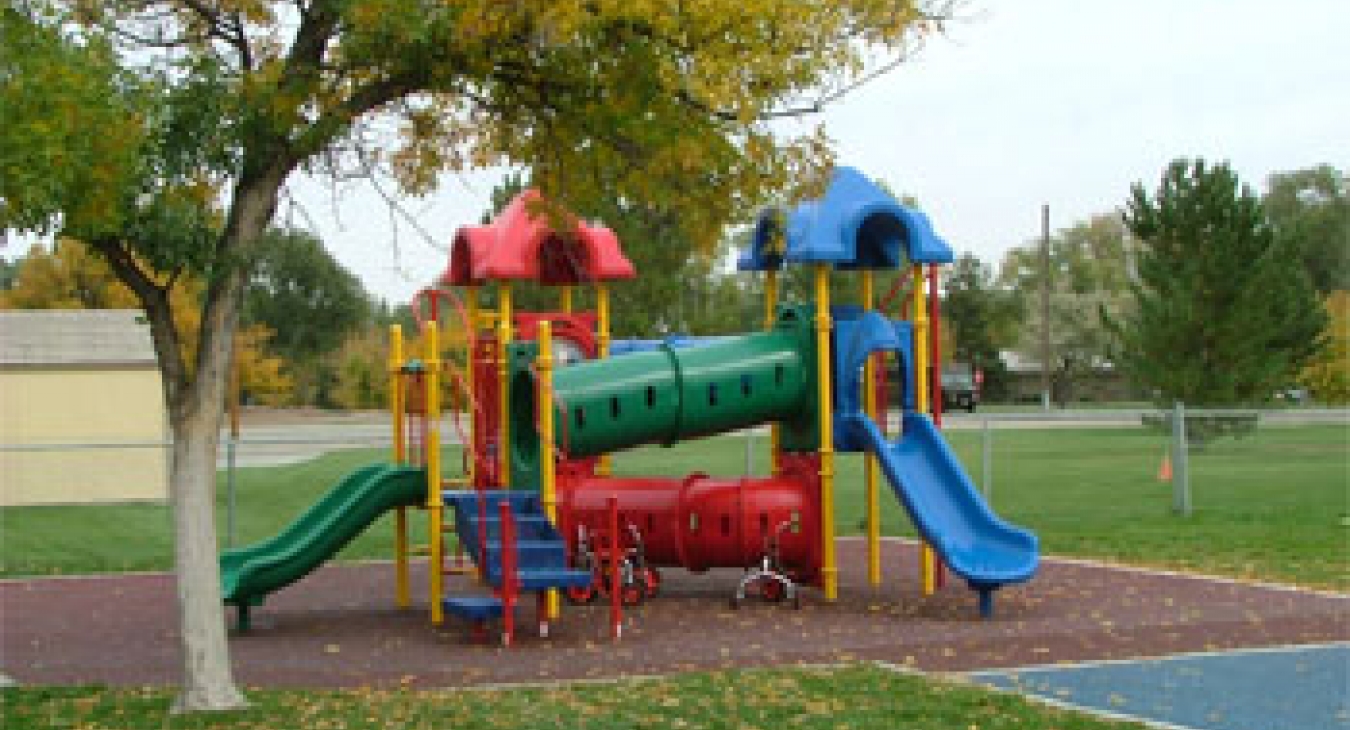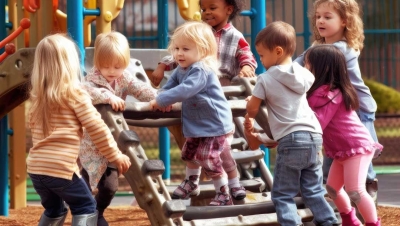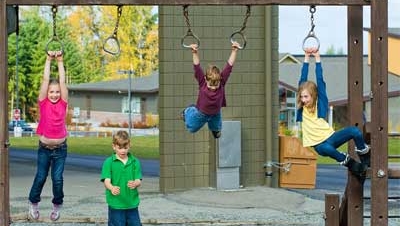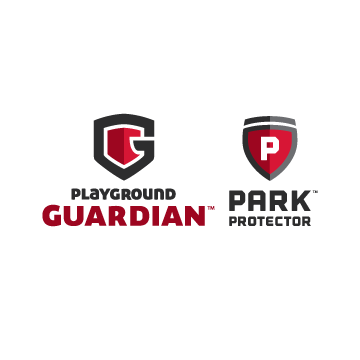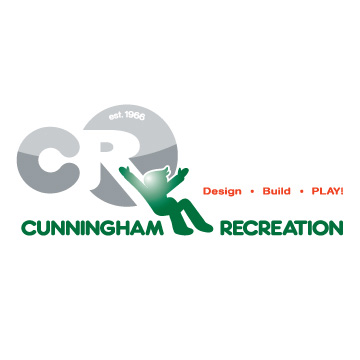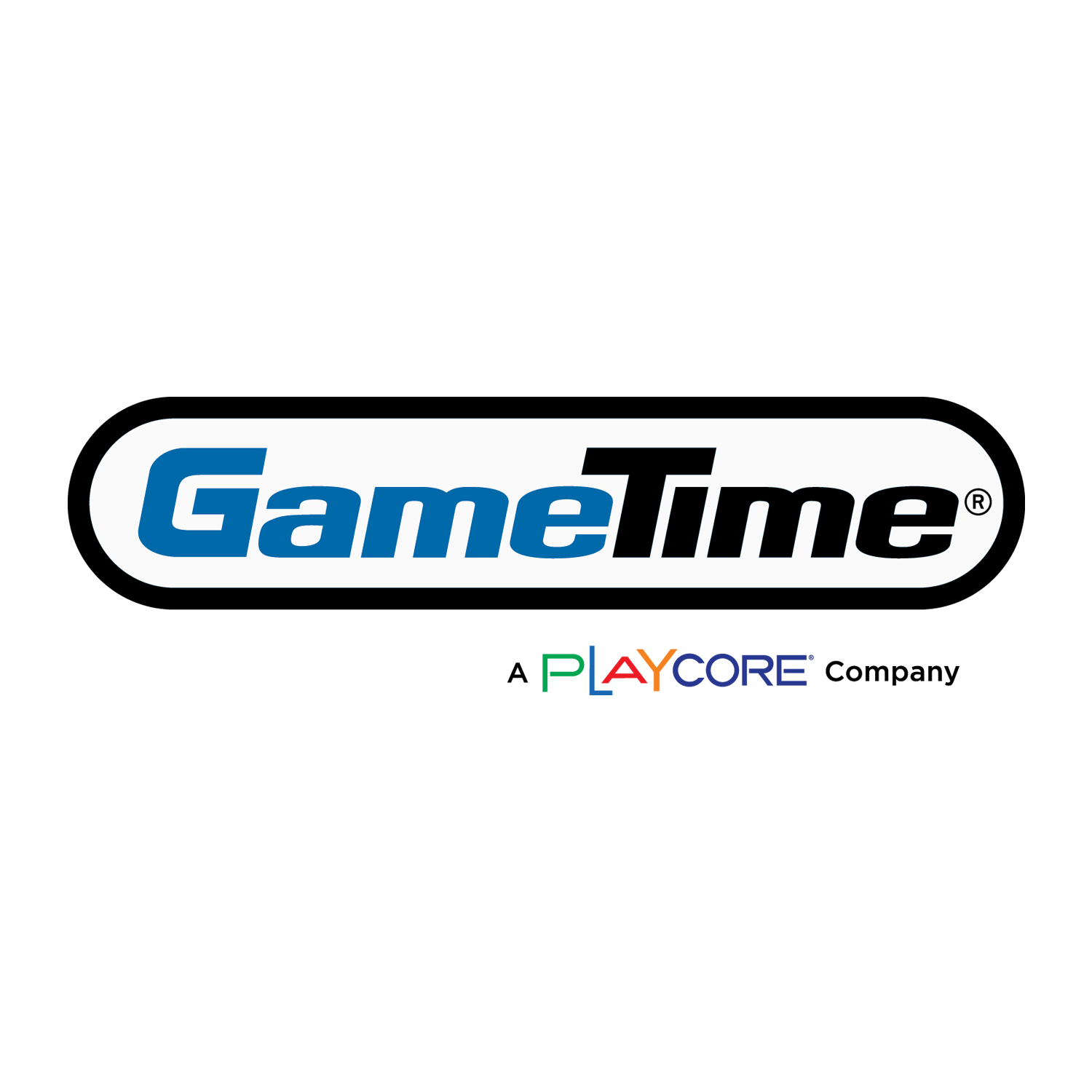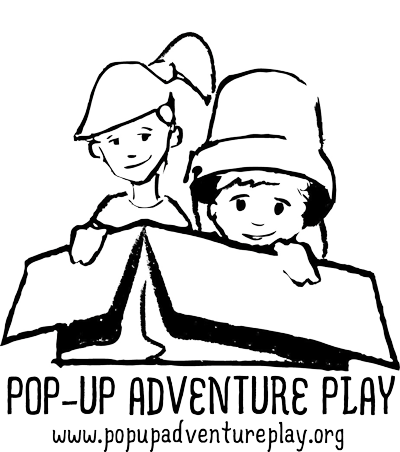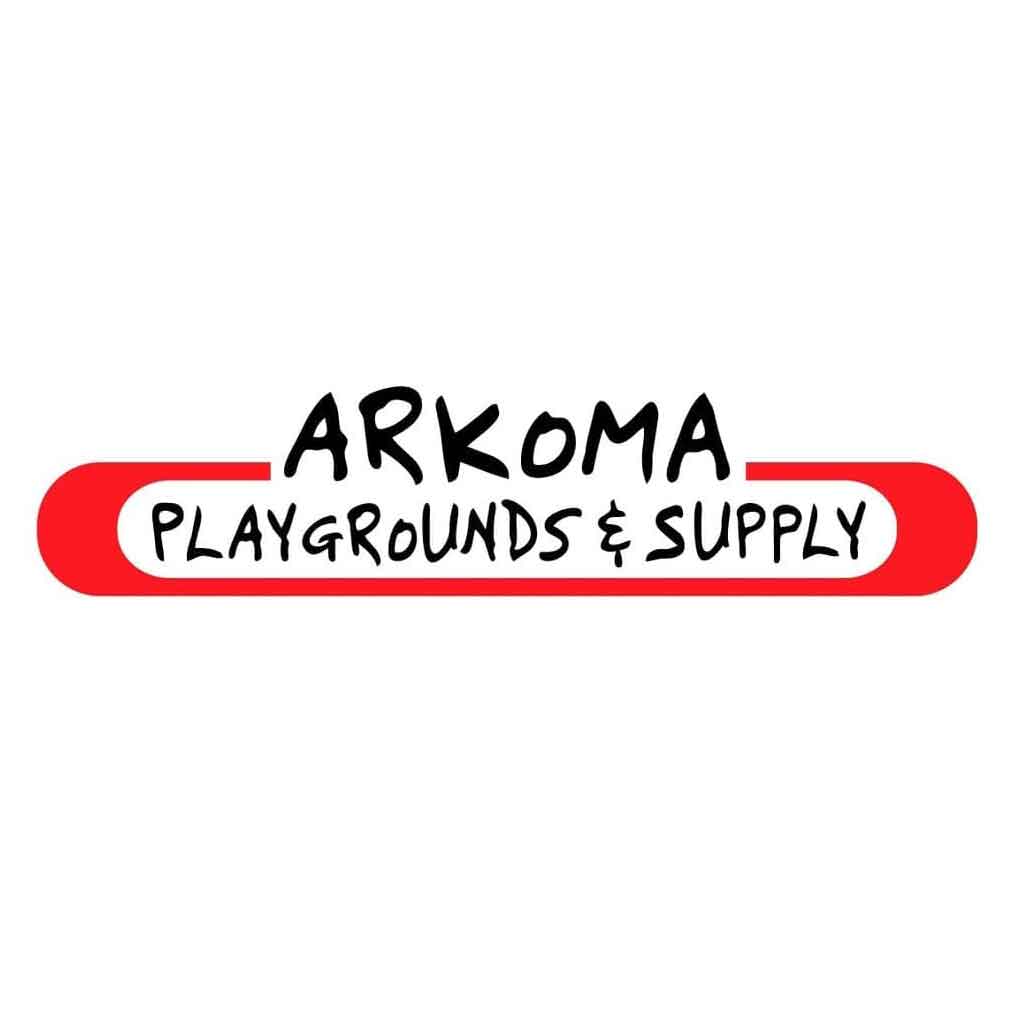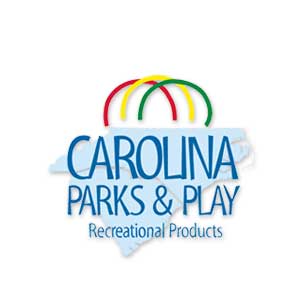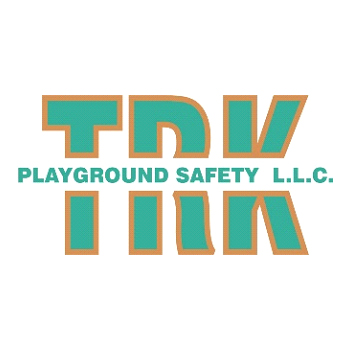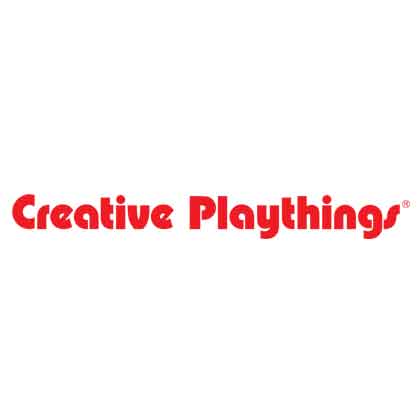Perhaps you haven’t noticed, but playgrounds are losing their customers. Over the past couple of decades, the playground business has been transformed into the playground “industry” replete with ASTM Standards and design practices ruled more by convention than invention. While the playground industry has been busy codifying their business, their customers, the kids, have been evolving in a different direction.
The daily life of today’s kids is vastly different from any previous generation. I’m sure you’ve read about the trends: loads of homework, parent-organized sports, pervasive video games, etc. all vying for children’s time and attention.
ASTM has grouped children in three age groups: those 5 to 12 years of age, those that are 2 to 5, and those younger than 2. While such groupings for age-appropriateness of play equipment may be supported by anthropomorphic data, the actual use patterns are quite different. Spend a few hours observing and what you will see is that kids under 5 are typically playing on the “big kids” equipment, often with the complicity or outright encouragement of their parents. By the age of eight most kids rarely go to playgrounds, in a large part because, having played there at an early age, they don’t find enough challenge. Thus the playground industry has created mandatory design requirements that are mismatched to the actual usage patterns.
There is another discontinuity between what the playground industry is currently providing and what the playground visitor is looking for. When asked if they want to go to the playground, kids will agree because they expect one of two things to happen: they will have a chance to interact with their parents, i.e. being pushed on a swing, or they will be able to play with other kids. Of course, both of these things happen on current playgrounds, but they happen not because of the design of the play space, but in spite of it.
When creating a new playground, often the overriding buyer’s criteria for a new playground structure is getting “the most bang for the buck,” which really means getting the most exciting events – the bigger the slide, the better. Just add an upper body event and a funny looking climber and “presto,” a cool playground.
Sure, kids will initially explore the exciting events, but after a very short period of discovery, they want to play, that is, find out what else they can do, like run up the slide or stand in the middle of the clatter bridge and see if they can make lots of noise by jumping up and down. Let me explain why “excitement” alone is a mismatch, and what needs to be taken into account when designing a play environment so it is congruent with kid’s natural play patterns.
For play spaces to match the way kids actually play, there are several design qualities that are required:
Choice
The single most important design quality that makes for an engaging and popular play setting of any kind is providing the players with as many choices as possible. When a play structure is composed only of a couple of slides and climbers, the behavioral options are so limited that real play is impossible. The sign out front may say “Playground” but it is an empty promise.
Complexity
To support group play by diverse ages there have to be lots of things to do. Certainly there are always limitations of budget and space, but most of these impediments exist because the common assumption by adults is that small spaces and modest budgets will actually meet the play needs of children. Fewer and bigger playgrounds are better for kids than many pocket parks, assuming, that is, that we also provide safe routes to them.
Graduated Challenge
There are few things we can do to make playgrounds more sustainably engaging than providing at least three skill levels for each type of apparatus: slides, climbers, swings, balance, and upper body.
Real Climbers
99% of so-called playground climbers are in reality just stairs. To climb a stairway the child faces the event, places one foot after the other on the treads, and carries their hands and arms parallel to their body. Real climbing, as in rock climbing, requires contorting one’s body in wild and crazy ways.
Balance
Balance challenges are the most developmentally important activity we can provide to growing children, yet they are the first thing left off the structure to meet the budget limitations.
Cross-Linkage
There is a lot of lip service given to the notion of linkage, or as some would have it, continual play. But let’s face it, the most common use of play structures is playing games of tag and a single path of travel does not provide choice. In contrast, a complex environment with lots of alternative routes makes for an exciting and fun game.
OK, I know what you’re thinking: a play structure designed to these criteria will cost in excess of $100,000. I do not disagree. My contention, however, is that this high cost is due primarily because the industry has developed a palette of play events high in WOW factor and low in benefits to kids. To illustrate this point all we need to do is compare two different kinds of slides, the spiral slide and banister slide. The spiral slide costs many thousands of dollars and offers one “experience.” The banister slide costs a few hundred dollars and offers the possibility of many types of play behaviors. Compare a track ride with an overhead bar, a single slackline with a clatter bridge. If designers and clients specify lots of the lowest cost apparatus instead of a few WOW pieces, play structures would be far more appealing to a much broader range of ages and skills.
Let me be clear. I am not criticizing playground manufacturers for not doing a better job. Their job is not to provide play but to make and sell playground equipment, in the same way that carmakers are not in the business of providing transportation but in making and selling autos. You want fins on that Caddy? We got fins. It took a century for carmakers to begin to get serious about energy efficiency and then only because of CAFE requirements and the threat of global climate change. Play equipment producers will offer more playful, affordable, and sustainable products only when the buyers demand it. Notice I didn’t say when customers demand better play products, because the real customers, the kids, have already spoken by their absence.
NOTE: I know I’m proposing ideas here that many will find controversial. In subsequent columns, I intend to amplify these ideas and introduce possible solutions. I look forward to your comments either here at the Play and Playground News Center or on my blog at https://playgroundguru.org.


